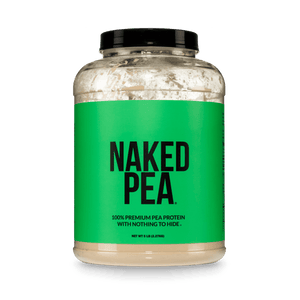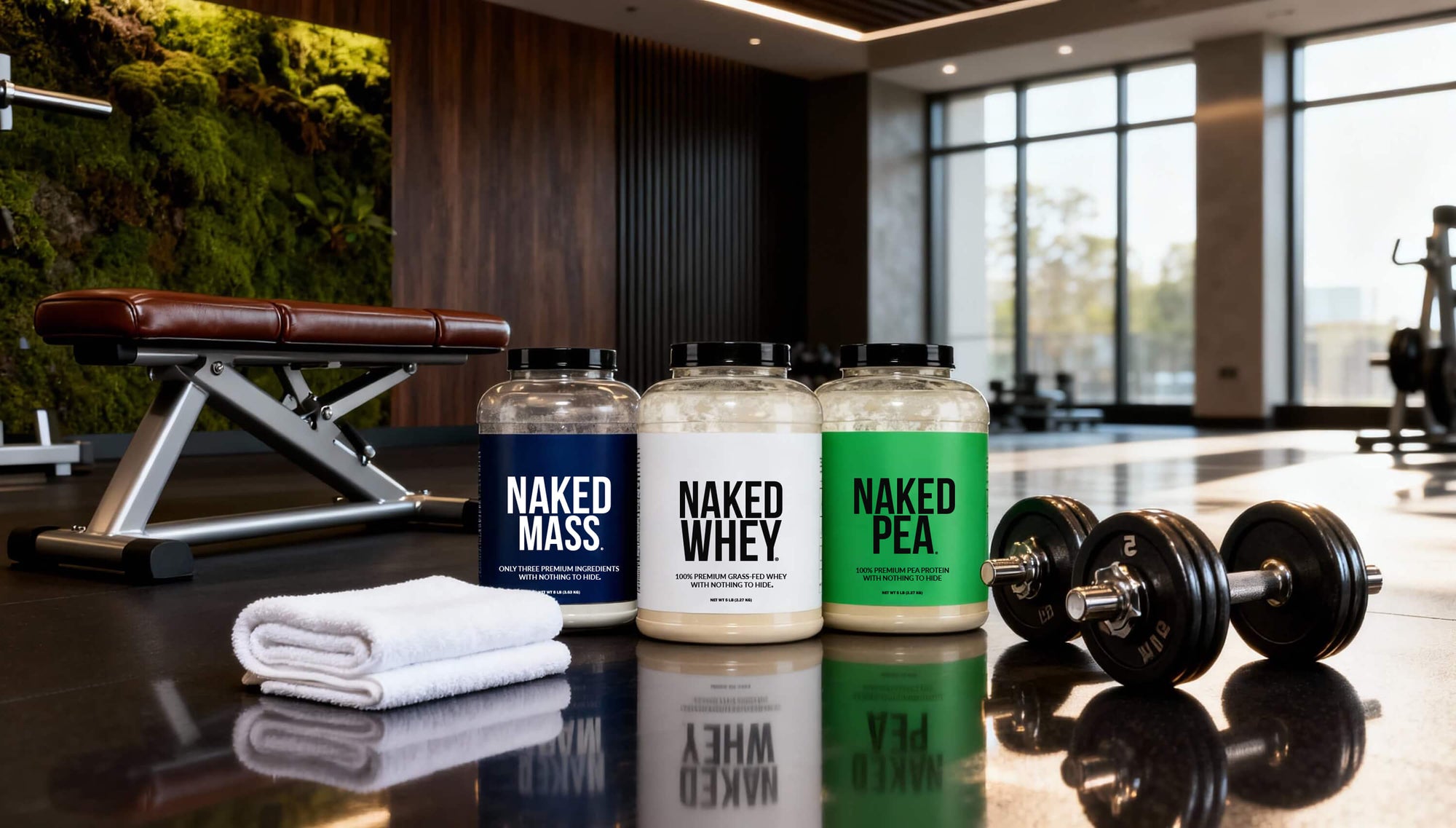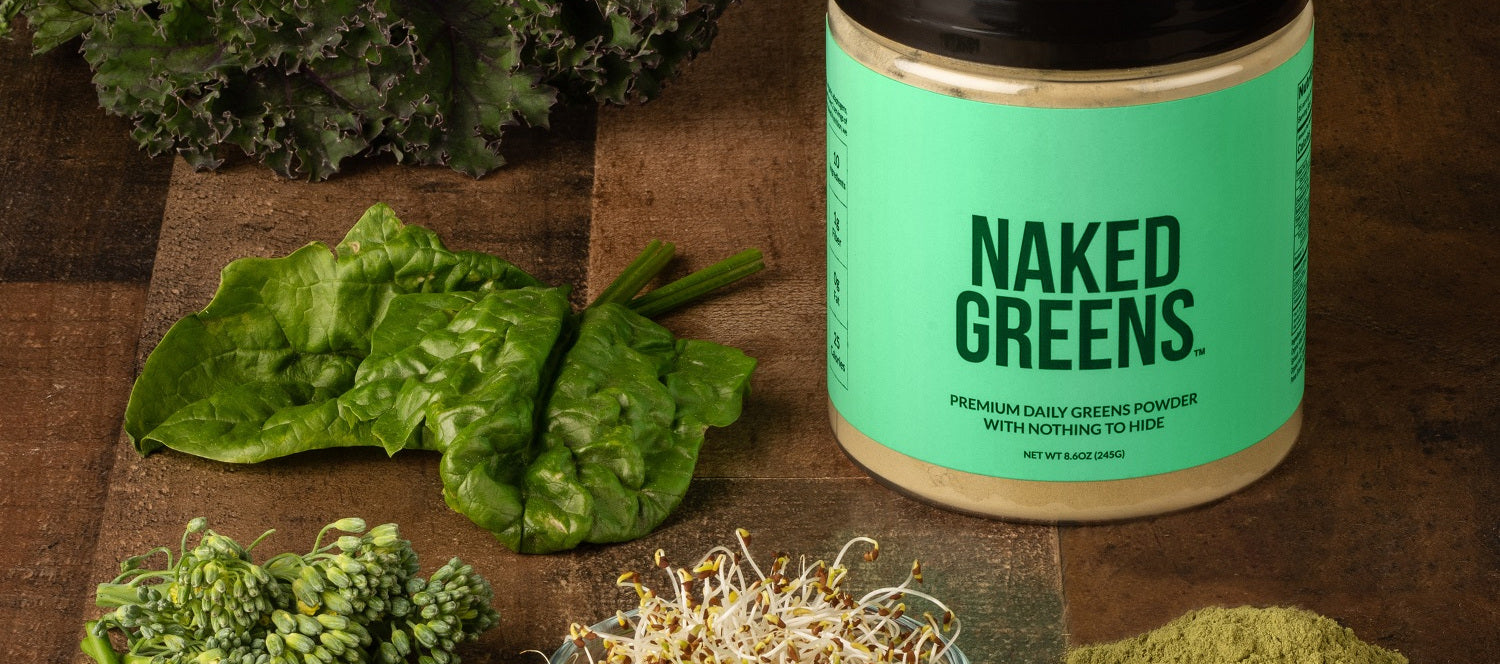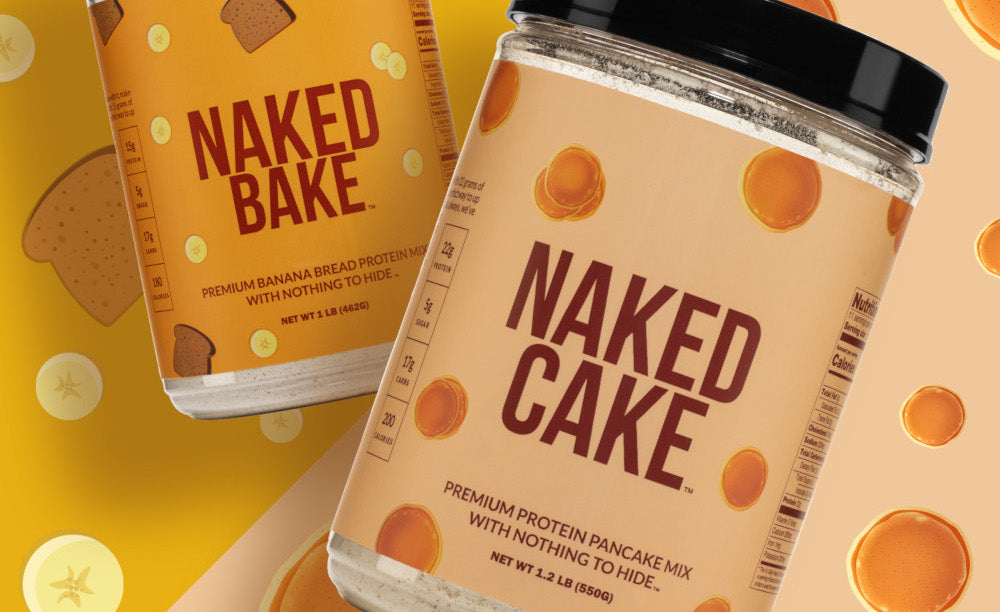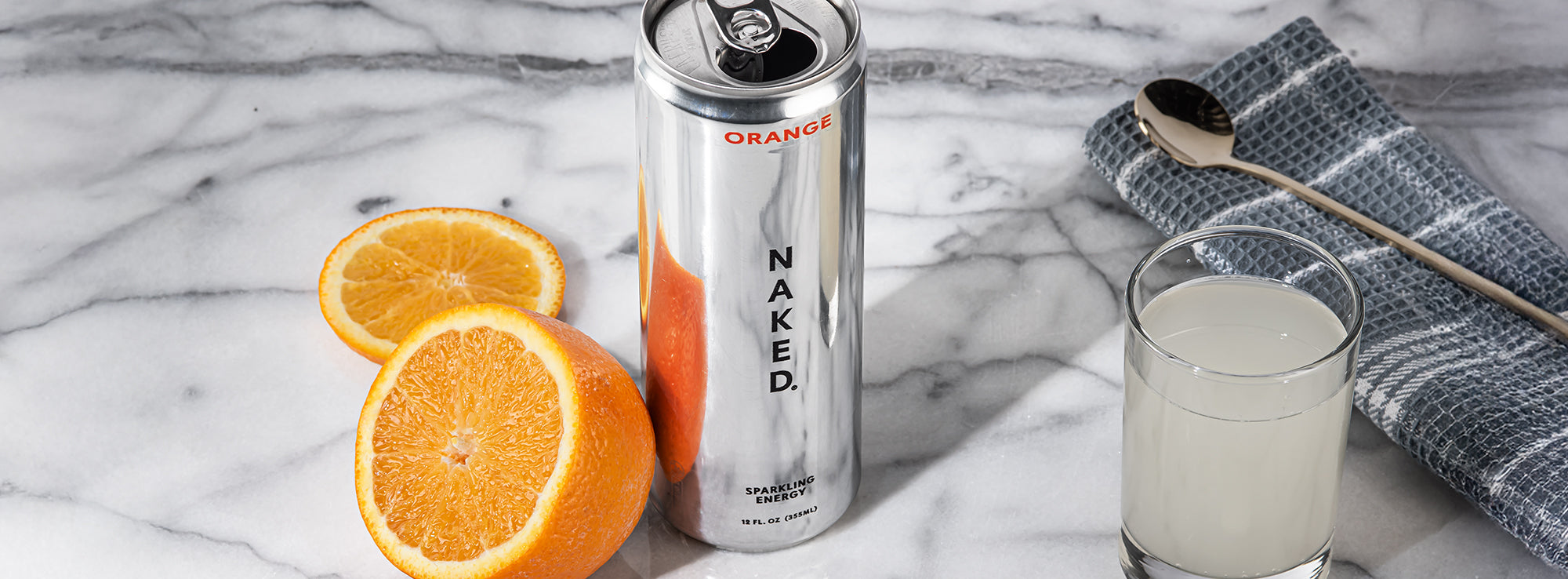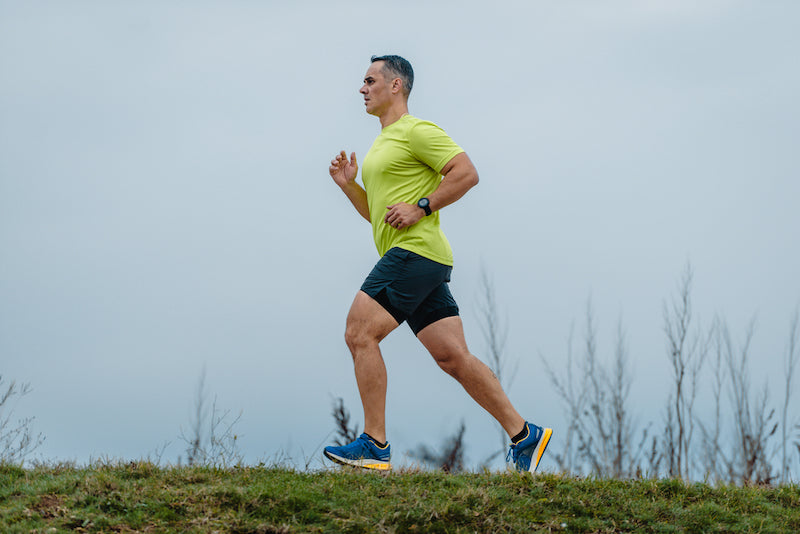When you’re young, staying fit is easy. You’ve got a nearly endless supply of energy, your body recovers quickly, and your metabolism allows you to maintain your figure despite bad nutritional habits.
But all of us get to a point, usually around age 35, where everything flips on its head. Your body starts packing on weight much faster. You don’t have the energy you used to. And one wrong move, or one intense workout session, can have you bedridden and in pain.
Staying fit over the age of 35 is harder, but not impossible. You need to train smarter, and maintain certain good habits in regard to health, fitness, and the way you work out.
Four Foundations for Fitness After 35
To maintain physical fitness as you get older, there are four key foundations you should focus on.
You need to get your training volume right. You need to maintain mobility and cardio. And you need good nutritional habits.
Staying fit as you age doesn’t require week-long fasts and ginger root juice cleanses. It just takes a bit more consistency and discipline. Instead of looking for magical supplements or complicated exercise programs, keep it simple and stick to the basics.
Let’s expand on the four pillars of a successful fitness program for those 35 and over.
Training Volume

Finding the sweet spot in terms of training volume becomes much more important as you get older.
You need to find the “goldilocks” zone for volume - not too much, not too little, but just right. You need to train enough to stimulate muscle growth and/or burn fat (depending on your goals). But you also need to pay close attention to make sure you’re not overdoing it.
As we age, recovery gets harder. When you’re 21, you might be able to hammer out an intense two-hour lifting session and then get right back at it the next day.
Try to do that as a 35 year old, and you’ll wake up catatonic the next morning.
Cut down your training volume, in terms of both the length and frequency of your workouts.
Instead of a 1.5-2 hour assault, pick a few compound exercises, and keep the bulk of your workout to around 45 minutes. And instead of going hard every day, stick to 3-4 workouts per week, giving you enough time to recover in between.
Mobility
Another thing you’ll find as you get old is you’ll start to feel stiff and immobile. Your joints don’t move like they used to, and you’re not as flexible at 35 as you were when you were 25.
This doesn’t mean you have to give up on having a full range of motion in your joints. You just need to do more focused work on building and maintaining mobility.
Being more mobile and flexible will pay off in a number of ways. You’ll feel better in your day-to-day life. You’ll recover quicker. You’ll also be able to do more in your workouts, and you’ll reduce the risk of getting injured.
Dedicate some time to mobility at the beginning and end of your workouts, as well as on your off days. You might do some static stretching routines, or pick up yoga. However you do it, your body will thank you.
Better yet, find a yoga studio or check and see if your gym offers yoga classes. Before you write it off as something that’s “just not for you”, remember that yoga will improve how you move, it will increase your range of motion, and ultimately allow you to lift weights safely well into your later years.
Cardio

Cardio also gets more important as you age. This is true even if your goal is to build strength/muscle.
The older you get, the more your endurance declines. That’s a big reason why you don’t have the energy to complete workouts at the same intensity you could as a 20 year old.
But cardio helps. It improves your body’s ability to deliver blood to the muscles, and ship vital nutrients around the body, where they’re needed most.
You’ll notice this helps your performance in strength training too. When we lift, we utilize the aerobic system to power the muscles. Better cardio means you’ll be able to access more energy for your strength lifts, meaning increased performance and bigger gains.
Cardio is also helpful for burning calories and cutting off that excess weight that starts to hang around when you get on the wrong side of 30.
Nutrition
Finally, you’ll want to pay closer attention to nutrition.
Nutrition is important for anyone, not just those who are getting older. But it’s particularly important when you’re 35 and above.
Good nutrition leads to higher energy levels - one of the things we mentioned that starts to fade as you get older.
Eating the right things also helps you recover faster, and maintain a better body composition.
As we get older, a lot of our body’s natural stores of vitamins, minerals and nutrients begin to fade. We don’t absorb nutrients as well, and some things that are naturally produced in our body are produced at lower levels.
That’s why you might want to think harder about supplementing as you get older, to support your workouts. For example, research indicates older adults need higher protein intake to maintain strength and muscle mass, so supplementing with whey protein after working out becomes vital.
You might also want to consider supplements to aid recovery in between workouts. A natural supplement like Naked Recovery is great for this, specifically for reducing post-workout soreness and helping your energy levels rebound in time for your next workout.
Final Thoughts
Fitness comes easier to younger bodies. But it only lasts so long. We can’t stop time, and with time, our natural athletic ability fades.
Staying fit - and even improving your fitness, body composition and athletic ability - is still possible. But you need to be smart and deliberate about how you go about it. Luckily, there’s nothing complicated about it. In fact, just the opposite. You need to go back to a few core foundations of health and fitness, which we’ve discussed in this article.
Train smart, don’t neglect mobility and cardio, and maintain good nutrition. Do these four things consistently, and you’ll be able to stay fit and build your dream aesthetic well into your 30s, 40s, and beyond.

